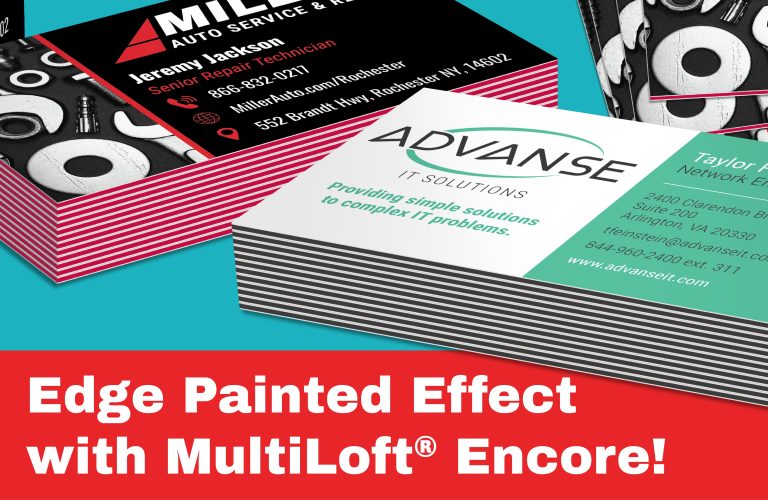
Thinking about Ink?
When planning a job, it’s a lot easier to think about the design and paper than the ink. But understanding the ins and outs of ink is critical to successful design, too.
Inks are formulated differently for different purposes and equipment. When manufacturers make ink, they deal with four basic elements: pigments (the coloring), transfer agents (the solvents and resins that cause the ink to spread), varnishes (the additives that control glossiness), and drying additives. Different combinations of these elements determine the suitability of the ink for a particular project.
Here are four types of ink beyond the traditional four-color process inks that you might not be familiar with:
1. “Scuff-resistant” inks.
These inks were specially formulated for the packaging industry so items printed with these inks could withstand more abuse during transit.
2. Metallic inks.
These inks get their shine from real metals added to the ink base. Metallic inks look great, but they are laid down more thickly than standard four-color process inks, so they take longer to dry. The thick ink coverage also makes metallics more prone to scratching or scuffs.
3. Fluorescent inks.
These inks offer brilliant fluorescent effects. To achieve this look, they are printed on white paper. Like metallic inks, fluorescent inks are more opaque than four-color process inks, which can cause trapping issues. They also tend to fade in brilliance over time.
4. Soy inks.
Traditional offset inks emit volatile organic compounds (VOCs) when run through the dryers on the press. Soy inks are not made from petroleum, so they have lower VOC emissions. They do have limitations, so be sure to talk to us about the pros and cons of using them.
Even though the basic principles of lithography are simple, inks involve a lot of complex chemistry. If you have a project with special requirements, please ask about your ink options before you go to print.







